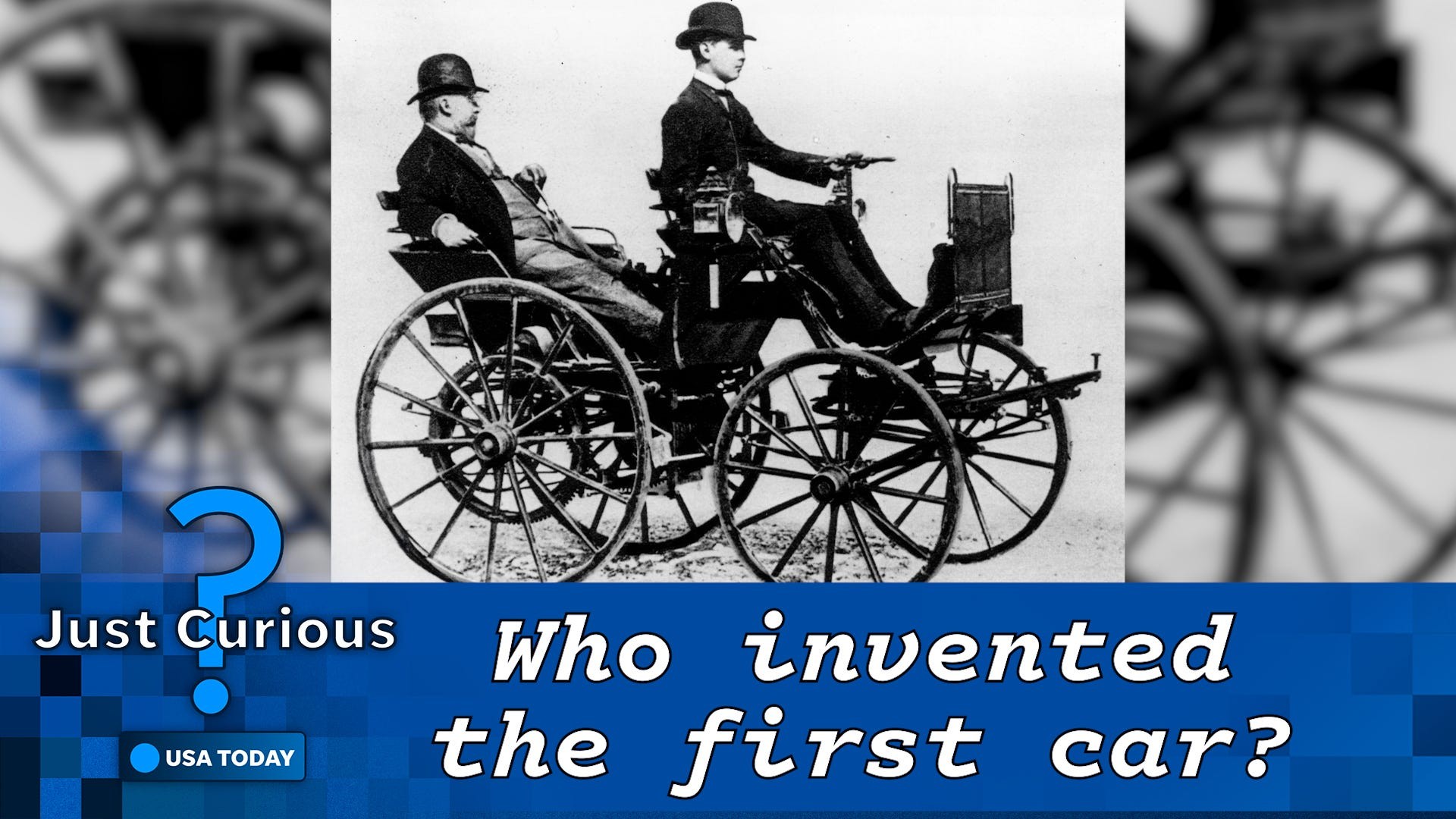Cars have become indispensable to modern life, with millions on roads worldwide. In the U.S. alone, the number of registered vehicles reached over 278 million in 2021. From electric vehicles to powerful trucks, the variety is immense. But where did this all begin? Let’s explore the fascinating history behind the invention of the car and answer the question: What Year Was The Car Invented?
The Dawn of the Automobile: Karl Benz and the Motorwagen (1886)
While the story of car invention is complex, the year 1886 is often cited as the birth year of the modern automobile. This is when Karl Benz, a German inventor, created and patented his revolutionary three-wheeled vehicle, the “Motorwagen.” Benz’s creation is widely regarded as the first practical automobile powered by an internal combustion engine.
On January 29, 1886, Benz solidified his place in history by applying for a patent for his “vehicle powered by a gas engine.” This patent is often referred to as “the birth certificate of the automobile.” Later that year, the Benz Patent Motor Car, model No. 1, made its debut to the public. This groundbreaking vehicle featured a “powered by an internal combustion engine: three-wheeled, four-cycle, engine and chassis form a single unit,” marking a significant step forward in personal transportation.
 Karl Benz driving his Patent Motorwagen, widely considered the first practical automobile, in 1886.
Karl Benz driving his Patent Motorwagen, widely considered the first practical automobile, in 1886.
Beyond Benz: Pioneers and Precursors in Automotive History
While Benz’s contribution is undeniable, it’s important to acknowledge that the concept of a self-propelled vehicle predates 1886. The path to the modern car involved numerous inventors and innovations across different types of engines – steam, electric, and gasoline.
Ideas for automated transport can even be traced back to the 15th century with designs from Leonardo da Vinci. However, more concrete developments emerged in the 18th and 19th centuries.
In 1769, Nicolas-Joseph Cugnot invented the first self-propelled road vehicle powered by steam. This invention, while significant, differed greatly from the gasoline-powered cars we know today. The first electric carriage was another important step, attributed to Robert Anderson earlier in the 19th century.
Further advancing gasoline engine technology, Gottlieb Daimler and Wilhelm Maybach, also in 1886, developed the “Cannstatt-Daimler,” the first four-wheel automobile powered by a four-stroke gasoline engine. Wilhelm Maybach later designed the 1901 Mercedes, which some historians consider “first modern motorcar in all essentials,” showcasing advancements in automotive design and engineering.
American Innovation: The Duryea Brothers (1893)
The automotive revolution wasn’t confined to Europe. In the United States, brothers J. Frank and Charles Duryea made their mark by inventing the first successful American gasoline automobile in 1893. Their vehicle achieved public recognition by winning the first American car race in 1895, demonstrating the growing popularity and practicality of automobiles.
Conclusion: A Collaborative History of Automotive Invention
So, what year was the car invented? While 1886, the year of Karl Benz’s Motorwagen and Daimler-Maybach’s first four-wheel gasoline car, is a pivotal year, the story of the car is not about a single invention in a single year. It’s a rich tapestry of innovation, built upon the contributions of numerous inventors across different eras and countries. From steam-powered pioneers to electric carriage developers and gasoline engine innovators like Benz, Daimler, Maybach, and the Duryea brothers, many individuals played crucial roles in shaping the vehicles we drive today. Automotive innovation continues to this day, constantly evolving and pushing the boundaries of transportation.